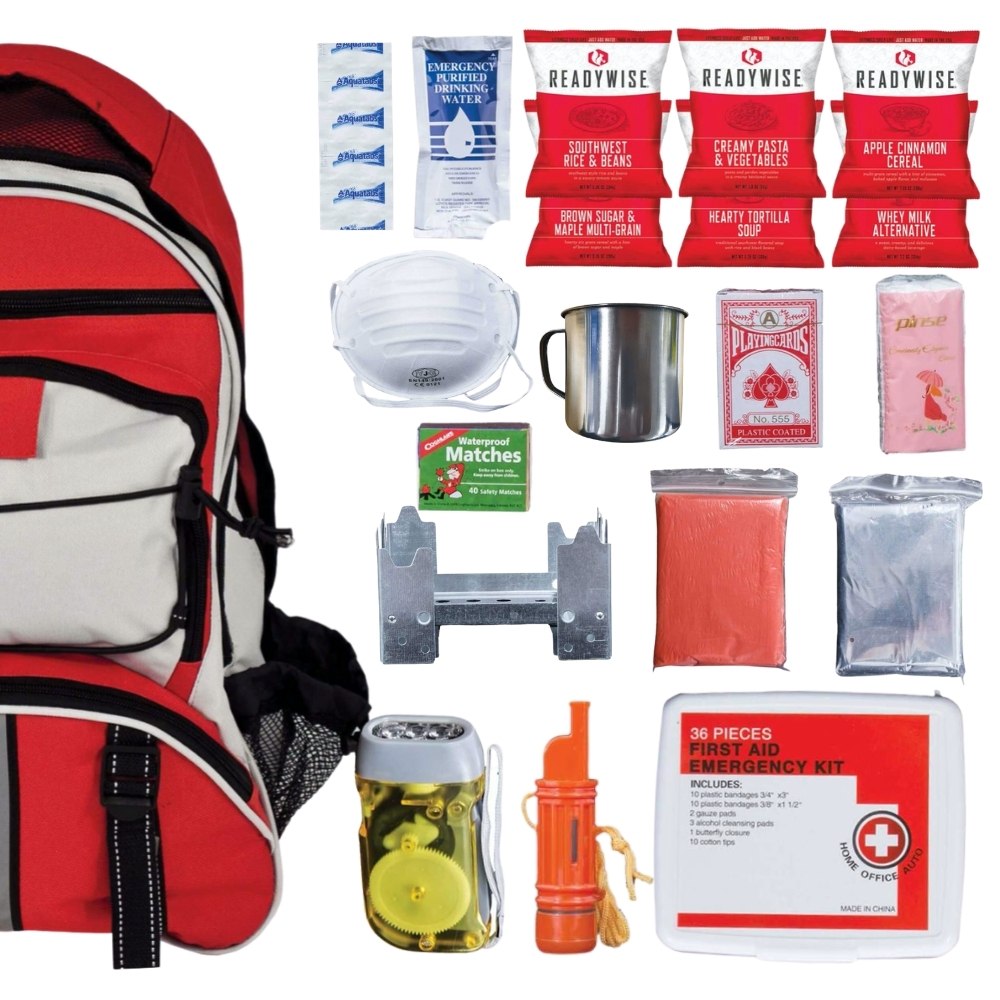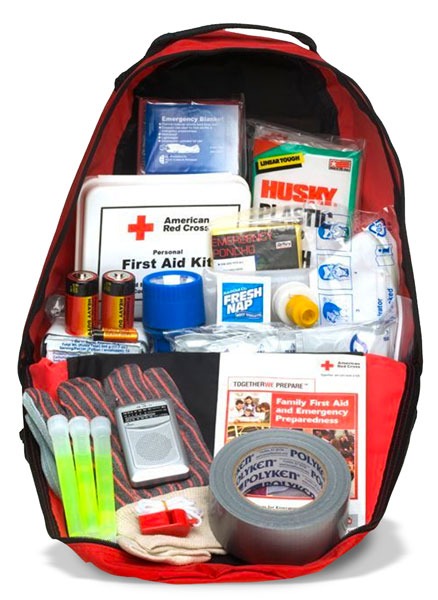How to Establish a Comprehensive Emergency Situation Readiness Plan
In the realm of readiness, creating a comprehensive emergency strategy is not just a task to mark off a checklist; it is a vital keystone of any company or individual's durability method. From natural disasters to unexpected dilemmas, the capacity to prepare for, mitigate, and respond properly can indicate the distinction in between chaos and control. By carefully crafting a strategy that resolves numerous elements of emergency situation management, including risk evaluation, interaction methods, resource allocation, and calculated decision-making, one can lay a strong structure for safeguarding possessions, lives, and procedures. The real efficiency of such a strategy exists not just in its production but additionally in its recurring maintenance and adaptation to developing threats and challenges.
Significance of Emergency Situation Preparedness
Emergency situation preparedness is crucial for mitigating potential risks and ensuring the security of people and communities. In today's world, where natural calamities, public health dilemmas, and various other emergency situations can strike without warning, being prepared can make a considerable distinction in reducing the effect of these occasions. By having a well-thought-out emergency situation readiness strategy in position, companies and individuals can react efficiently, shield lives, and decrease residential property damage.
One of the main reasons that emergency preparedness is necessary is its function in conserving lives. When emergencies take place, having a strategy that outlines clear procedures for interaction, emptying, and emergency situation feedback can aid people act swiftly and decisively. This can prevent injuries and casualties by making sure that people understand what actions to take to remain safe
In addition, emergency preparedness boosts the resilience of communities. By promoting a society of preparedness and planning for different circumstances, communities can bounce back faster from interruptions and catastrophes. This strength is essential for maintaining stability, continuity of procedures, and total health in the face of hardship.
Assessing Prospective Dangers
Taking into consideration the relevance of being prepared for unforeseen events, the preliminary action in establishing a reliable emergency situation readiness strategy includes extensively reviewing and analyzing potential risks. This assessment calls for a comprehensive review of all possible hazards that could affect the organization, considering factors such as place, market, and historical data on incidents. By identifying these risks, companies can prioritize their readiness efforts and allot sources effectively to alleviate the most significant threats.
Usual threats that organizations might deal with include all-natural catastrophes like floodings, quakes, or typhoons, technical hazards such as power blackouts or information breaches, in addition to human-caused risks like crashes or deliberate acts of violence. Performing a danger analysis likewise entails taking into consideration the prospective influence of these events on the company's operations, employees, consumers, and track record. By conducting an extensive risk analysis, organizations can develop customized emergency response plans that resolve their specific vulnerabilities and make certain effective readiness for any kind of prospective situation.
Creating a Communication Strategy
Creating a clear and comprehensive interaction strategy is important for efficient emergency situation readiness within organizations. In times of dilemma, interaction plays a crucial duty in ensuring the security and health of employees, stakeholders, and the neighborhood. A well-balanced interaction strategy should describe clear lines of interaction, mark vital personnel in charge of interaction jobs, and develop procedures for sharing details quickly and precisely.
One secret facet of developing a communication strategy is identifying alternating and key interaction networks (EMERGENCY PREPAREDNESS). These can consist of e-mail, message messaging, phone trees, social media sites systems, and public address systems. It is crucial to guarantee that these channels are reputable, available, and routinely evaluated to guarantee their effectiveness during emergencies

Building an Emergency Set
Given the essential value of preparedness in times of dilemma, a key part that organizations have to attend to is the establishment of an emergency situation kit. When assembling an emergency situation set, it is essential to take into consideration the particular demands and situations of the company. Furthermore, organizations need to include vital papers, such as contact listings, insurance policy information, and emergency situation reaction strategies, in waterproof containers within the package.
Developing Evacuation Procedures
To make certain the safety and orderly emptying of workers throughout emergencies, organizations must develop reliable and clear evacuation procedures. Evacuation treatments must incorporate a variety of potential situations, consisting of fires, all-natural calamities, or various other emergency situations that call for speedy discharge.

Additionally, organizations need to establish a system for accountancy for all employees during an emptying to make certain that everybody has actually securely left the premises. Interaction plays a vital function in evacuation treatments, with clear guidelines on how to evacuate and when to do so. Routine testimonial and upgrading of discharge procedures based on comments and altering scenarios are important to preserving the efficiency of the strategy.
Verdict
In verdict, developing an extensive emergency readiness strategy is crucial for making sure the safety and health of individuals in case of a disaster (EMERGENCY PREPAREDNESS). By evaluating possible risks, creating a communication strategy, building an emergency package, and developing evacuation procedures, companies and people can be better visit this site geared up to respond efficiently to emergencies. It is necessary to focus on readiness efforts to reduce the effect of catastrophes and safeguard lives and residential property
In the realm of preparedness, establishing a detailed emergency plan is not merely a task to check off a list; it is a necessary cornerstone of any type of company or individual's durability strategy. When emergencies take place, having a strategy that outlines clear treatments for discharge, communication, and emergency reaction can aid individuals act quickly and emphatically. go to this web-site. By conducting a thorough threat assessment, companies can establish customized emergency situation action strategies that address their particular vulnerabilities and make sure efficient preparedness for any possible situation
Establishing a detailed and clear communication plan is vital for efficient emergency preparedness within companies. By analyzing prospective threats, producing an interaction plan, constructing an emergency situation kit, and establishing emptying people, treatments and organizations can be better outfitted to respond properly to emergencies.